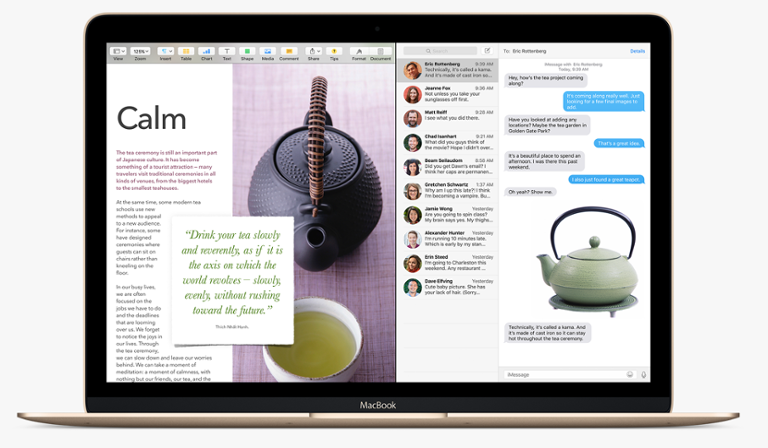Apple
releases Mac OS X El Capitan today, which means a lot of Mac users will spend the next few days debating whether they should upgrade immediately, lest they miss some vital feature that will change their life forever and ever. Those people can take a deep breath and relax: El Capitan doesn’t feature anything overwhelmingly new. After years of major upgrades, Apple seems to have finally
listened to user complaints that the OS X platform had become unwieldy and slow—this newest iteration polishes and refines what came before, while adding a handful of new toys:
Improved Mission Control
Apple has tweaked Mission Control, which provides a “bird’s eye view” of all your system’s open programs, to make everything easier to manage.
More Powerful Spotlight
When Apple first introduced Spotlight to Mac OS X, the search feature was fairly barebones; with El Capitan, it will now retrieve everything from stock prices and weather to Web videos and sports scores... in addition to your actual documents.
Upgraded Notes
Apple’s latest version of Notes clearly wants to challenge Evernote and similar competitors out there: The new Notes allows the user to add photos, URLs, and other elements to what was previously a stripped-down digital notepad.
Split-Screen Multitasking
El Capitan includes the ability to run two apps concurrently in split-screen mode. It isn’t the first operating system to include this kind of feature, but it could make workflow a little easier for people who need to accomplish two tasks at once.
Speedier
For years, Apple has freely imported features between iOS and Mac OS X. Metal, the graphics-core technology that made its debut with iOS, is the latest example of this; in theory, speeding up system-level graphics will improve games and other apps. That’s not the only improvement under the hood; according to Apple, El Capitan makes laptops and desktops feel more responsive. Those interested in an epic dive into El Capitan
should head over to Ars Technica, where Andrew Cunningham and Lee Hutchinson spent a ridiculous amount of hours peeling the software apart layer by layer (if you want to know about the platform’s updates to system integrity protection, for example,
the answers are here). For systems administrators and tech pros who work in Mac-centric shops, the good news is that walking users through the new operating system should (hopefully) prove far easier than in previous years, when there were more new features and interface changes. As with any upgrade, though, some admins may choose to wait a month or two for the inevitable security and compatibility updates that always come soon after a new OS launch.

